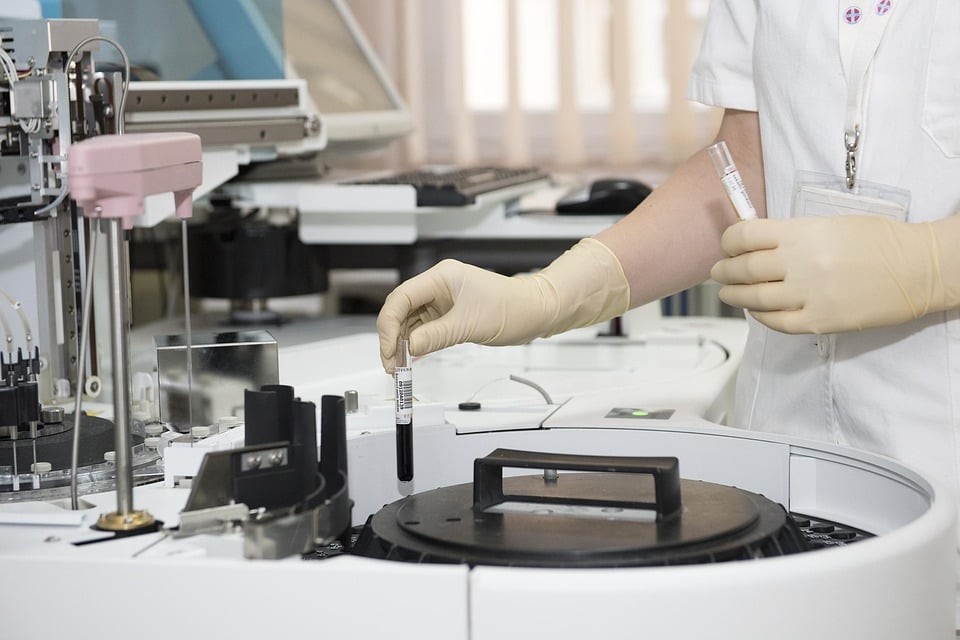
A groundbreaking study by Canadian scientists has unveiled a novel approach to improving blood sugar levels and reducing liver damage by targeting a little-known fuel produced by gut bacteria. This discovery, published in Cell Metabolism on July 29, 2025, could pave the way for innovative therapies to combat metabolic diseases such as type 2 diabetes and fatty liver disease.
Researchers from McMaster University, Université Laval, and the University of Ottawa have demonstrated that a molecule produced by gut microbes can infiltrate the bloodstream, prompting the liver to generate excess glucose and fat. By developing a method to trap this molecule within the gut, the scientists observed significant improvements in blood sugar regulation and fatty liver disease in obese mice.
The Science Behind the Discovery
“This is a new twist on a classic metabolic pathway,” stated Jonathan Schertzer, senior author and professor in the Department of Biochemistry and Biomedical Sciences at McMaster. “We’ve known for nearly a century that muscles and the liver exchange lactate and glucose — a process called the Cori cycle. What we’ve discovered is a new branch of that cycle, where gut bacteria are also part of the conversation.”
The Cori cycle, named after Nobel laureates Carl Ferdinand Cori and Gerty Theresa Cori, describes how muscles generate lactate that fuels the liver to produce blood glucose, which then cycles back to fuel the muscle. This foundational work explained the exchange of fuel between muscles and the liver.
Uncovering the Role of D-lactate
The Canadian research team identified that obese mice and humans have elevated levels of D-lactate in their blood. Unlike the more familiar L-lactate produced by muscles, D-lactate is primarily derived from gut microbes and significantly raises blood sugar and liver fat levels.
To combat this, the researchers engineered a “gut substrate trap,” a safe, biodegradable polymer that binds to D-lactate in the gut, preventing its absorption. Mice treated with this trap exhibited lower blood glucose levels, reduced insulin resistance, and decreased liver inflammation and fibrosis, all without altering their diet or body weight.
“This is a completely new way to think about treating metabolic diseases like type 2 diabetes and fatty liver disease. Instead of targeting hormones or the liver directly, we’re intercepting a microbial fuel source before it can do harm,” said Schertzer.
Implications for Future Treatments
This research, funded by the Canadian Institutes of Health Research (CIHR), underscores the increasing significance of the microbiome in chronic diseases. By intercepting harmful microbial byproducts before they enter the bloodstream, this approach offers a promising new avenue for managing metabolic disorders.
According to experts, this discovery could revolutionize the treatment of metabolic diseases by shifting the focus from traditional hormone or liver-targeted therapies to microbial interventions. The potential to develop treatments that are both safe and effective without requiring significant lifestyle changes is particularly appealing.
Looking Ahead
The findings from this study open the door to further research into the gut microbiome’s role in metabolic health. Future studies could explore the development of similar traps for other harmful microbial byproducts or investigate the broader implications of gut bacteria on overall health.
As the scientific community continues to unravel the complex interactions between the gut microbiome and metabolic processes, this research represents a significant step forward in understanding and potentially treating some of the most prevalent chronic diseases of our time.
In conclusion, the innovative approach of targeting gut-derived molecules before they impact the body holds promise for transforming the landscape of metabolic disease treatment. With continued research and development, this strategy could lead to groundbreaking therapies that improve the quality of life for millions worldwide.







